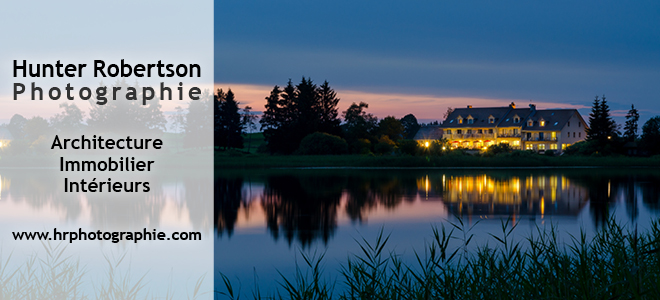So, you have a room with the sun pouring in through a window or from a balcony. To your eyes, it looks beautiful. You take a picture of it and the camera probably captures the sunlight properly, leaving the rest of the room looking like a dingy cellar!
Due to technical limitations, cameras can’t capture wide differences in lighting. In a scene with very dark and very light areas, only one or the other will be correctly captured - and when set to “Auto” cameras tend to favor capturing the brighter areas correctly. So the sunny window comes out correctly and the rest of the room is too dark.
Preserving the exterior view along with interior brightness is one of the biggest hurdles in real estate photography, and one which takes professional equipment and know-how to solve fully. But there is a way of increasing the brightness of a picture to capture the inside of the room and make it look welcoming rather than turning it into a cave. This involves overexposing the outside view - but too sunny an outside looks a lot better than too dark an inside!
So, find the control called “Exposure Compensation” on your camera. On some cameras this might be called “Brightness”. You may have to do some digging through the menus, and some cameras have a dial right on the top of the camera. Some basic cameras won’t have it at all. If you’re using a smartphone, look through your app’s functions.
Once you’ve found it, turn it up to +1 or +2 and take a picture, examine the results in the LCD screen and adjust as necessary.

If you find your photos become blurry when you use this technique, it’s likely that there just isn’t enough light. With less light, cameras need more time to take the picture and so can inadvertently record your movements. So steady yourself as much as possible - you could brace yourself against a wall or hold the camera on top of a chair for example. If you do much of this, you might want to invest in a tripod which will hold your camera steady exactly where you want it and give the best results. You can find one starting at around CHF 40 in the big electronic stores.
A final tip here is to keep an eye on what your flash is doing. Often it will help to have it on, other times it might create ugly bright spots. Make sure that it isn’t over-lighting things near the camera - a wall or the back of a chair - leaving the rest of the room too dark.
In next week’s final installment in this series, I’ll tell you about putting the final polish on your images in software.
Hunter Robertson is a photographer specializing in real estate, interiors and architectural photography, based in Geneva, Switzerland.
©2014 Hunter Robertson
